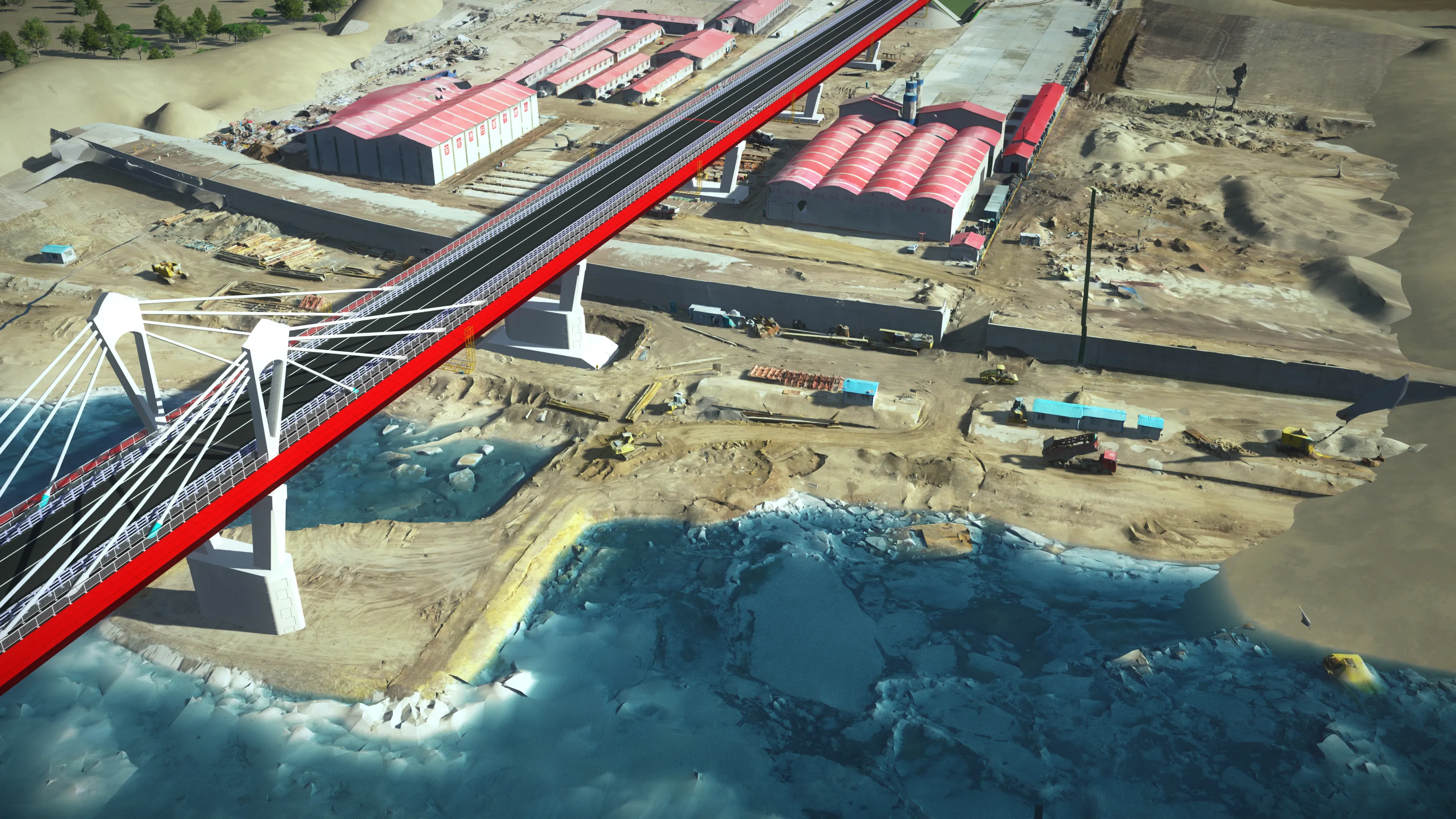Construction work is to restart on a new tunnel project in the South German town of Garmisch-Partenkirchen following the necessary approvals having been received. The town lies to the south of Munich and is a popular winter ski resort, while in summer it also experiences heavy tourist traffic as it lies on a key route between Germany and Austria, as well as Italy, lying to the south. The busy Autobahn 95 connects Munich’s southern side with Garmisch-Partenkirchen. But this route ends just to the northern side of the town, where it joins with the B2. Traffic delays are commonplace during peak periods, particularly during winter and summer holiday times.
To help alleviate the traffic issues, a 3.6km tunnel will be bored through the Kramer mountain, connecting with an additional 2km of link roads. Preparatory work on this bore commenced in 2010 but ground to a halt in 2013 due to unexpectedly high groundwater levels as well as legal challenges over environmental concerns. An Austrian contractor will now start work on the new drive in the second quarter of 2020, with completion planned for 2024 and building costs expected to hit €264 million.
Work on an additional bypass tunnel for the Partenkirchen side of the town (on the eastern side of the Partnach River) is not likely to be ready for traffic until 2030.
Tunnel project for south German town to restart
Construction work is to restart on a new tunnel project in the South German town of Garmisch-Partenkirchen following the necessary approvals having been received. The town lies to the south of Munich and is a popular winter ski resort, while in summer it also experiences heavy tourist traffic as it lies on a key route between Germany and Austria, as well as Italy, lying to the south. The busy Autobahn 95 connects Munich’s southern side with Garmisch-Partenkirchen. But this route ends just to the northern si
August 5, 2019
Read time: 2 mins







